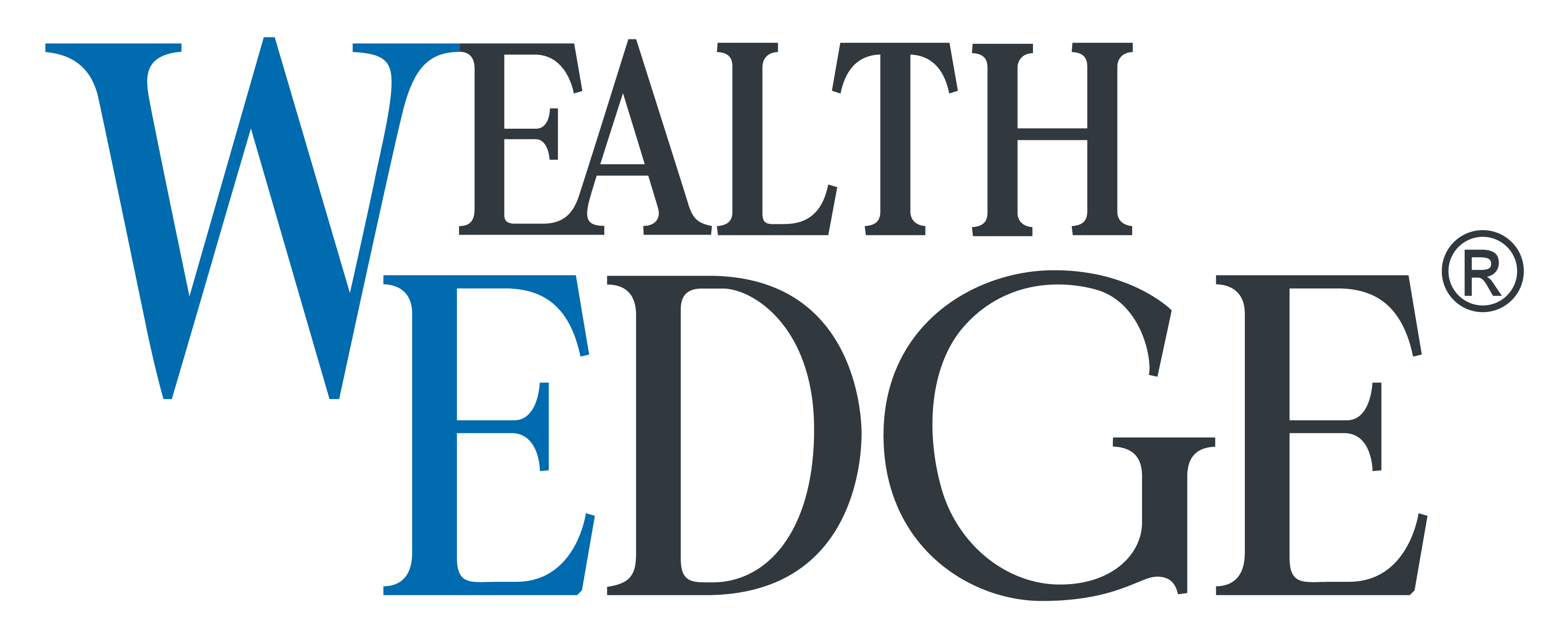
The New SECURE Act will impact your retirement savings – mostly for the better
Remember when your company would provide for your retirement in the form of a pension? Most people would say, NO. Nowadays, corporate pensions are a thing of the past. Most people have to provide for their retirement themselves. Even with generous 401k plans, employee participation is minimal at best.
In December 2019, the SECURE (Setting Every Community Up for Retirement Enhancement) Act was passed. This legislation was designed to fill a void that the decline of traditional pensions has caused. Most Americans are now fully responsible for the financial future for retirement and most rely on either a 401k Plan or an IRA. This legislation will help to encourage people to begin to put SOMETHING away for retirement and extends the length of time that it can grow.
Here are some of the key points of the Secure Act and how it will impact your retirement savings:
- The age for Required Minimum Distributions (RMDs) from 401k plans and IRA has changed from 70 ½ to 72. This change allows your retirement funds to grow for an additional 1 ½ years, which could be a significant boost for some.
- The age restriction for IRA contributions has been lifted. Most people are living longer and, as such, are remaining in the workforce longer. Now, they can contribute to their traditional IRA longer as well. Previously, it was prohibited to contribute to a traditional IRA if you were 70 ½ or older. But now, you can contribute to your traditional IRA if you work into your 70’s and beyond. (There has never been an age restriction on contributions to a Roth IRA.)
- Starting in 2021, the Secure Act states that any employee who works at least 500 hours a year for at least 3 consecutive years, is eligible for a 401k plan participation. Additionally, the employee must be 21 years old by the end of the three-year period. This is a big change from the previous 1000 hour requirement.
- A penalty-free withdrawal is now allowed for the birth or adoption of a child. Under this new law, each spouse can withdraw $5,000 from his or her 401k, IRA, or other retirement account without paying the 10% penalty. This penalty-free withdrawal must happen within one year from the child’s birth or adoption. (You will still pay income tax on the amount, unless you repay the funds.)
- More companies are now utilizing auto-enrollment 401k plans for eligible employees. The Secure Act will now increase the cap on automatic contributions to “qualified automatic contribution arrangement” or QACA from 10% to 15% of an employee’s annual salary (except for a worker’s first year of participation).
- The Secure Act will now make steps to help small businesses implement and maintain their own 401k plans. The maximum tax credit available for most small business’s 401k start-up costs has increased from $500 to $5,000. Additionally, a new $500 tax credit has been created for small business 401k plans or Simple IRA plans that included automatic enrollment. This additional credit is available for 3 years and will also apply to any small businesses that convert an existing retirement plan to an auto-enrollment one. And lastly, beginning in 2021, small businesses can join together in a multiple-employer plan with a “pooled plan provider” – giving these businesses more leverage and possibly lower administrative costs.
- Currently, contributions to a retirement plan cannot exceed your salary, which leaves out many students who are pursuing advanced degrees who may receive stipends for their pursuits. The Secure Act will allow amounts paid to aid the pursuit of these advanced degrees to be counted as compensation, allowing them the ability to make IRA contributions. Similarly, “difficulty of care” payments made to foster-care providers can also be considered compensation, allowing those people to save for retirement as well.
- The Secure Act allows a tax-free withdrawal from a 529 savings plan to repay qualified student loans and expenses for certain apprenticeship programs. There is a $10,000 LIFETIME limit for this tax-free withdrawal for these expenses and the interest on student loan debt paid down by the 529 plans CANNOT be deducted from the individual’s income taxes.
- The Secure Act has now eliminated the “stretch” IRA. All funds from an inherited IRA (or 401k or other defined contribution plan) must be distributed to non-spouse beneficiaries within 10 years of the IRA owner’s death. There are a few exemptions for minors, the disabled, the chronically ill or a beneficiary who is less than 10 years younger than the deceased. For minors, this exemption only applies until the child reaches the age of majority and then the 10 year rule begins.
- The Secure Act prohibits 401k plan loans provided through a credit or debit card. This has taken place immediately in the hopes of preventing easy access to retirement funds for small or routine purchases.
With the advanced aging of the American population, it is more important than ever to have adequate funds available for a potential retirement than could extend decades. This legislation hopes to make saving for retirement through multiple vehicles easier for everyone – employees and employers as well.


